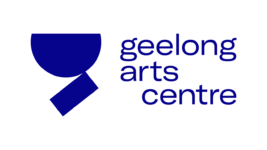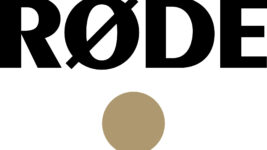News
11 Apr 2022
Expo 2020 Draws To A Close
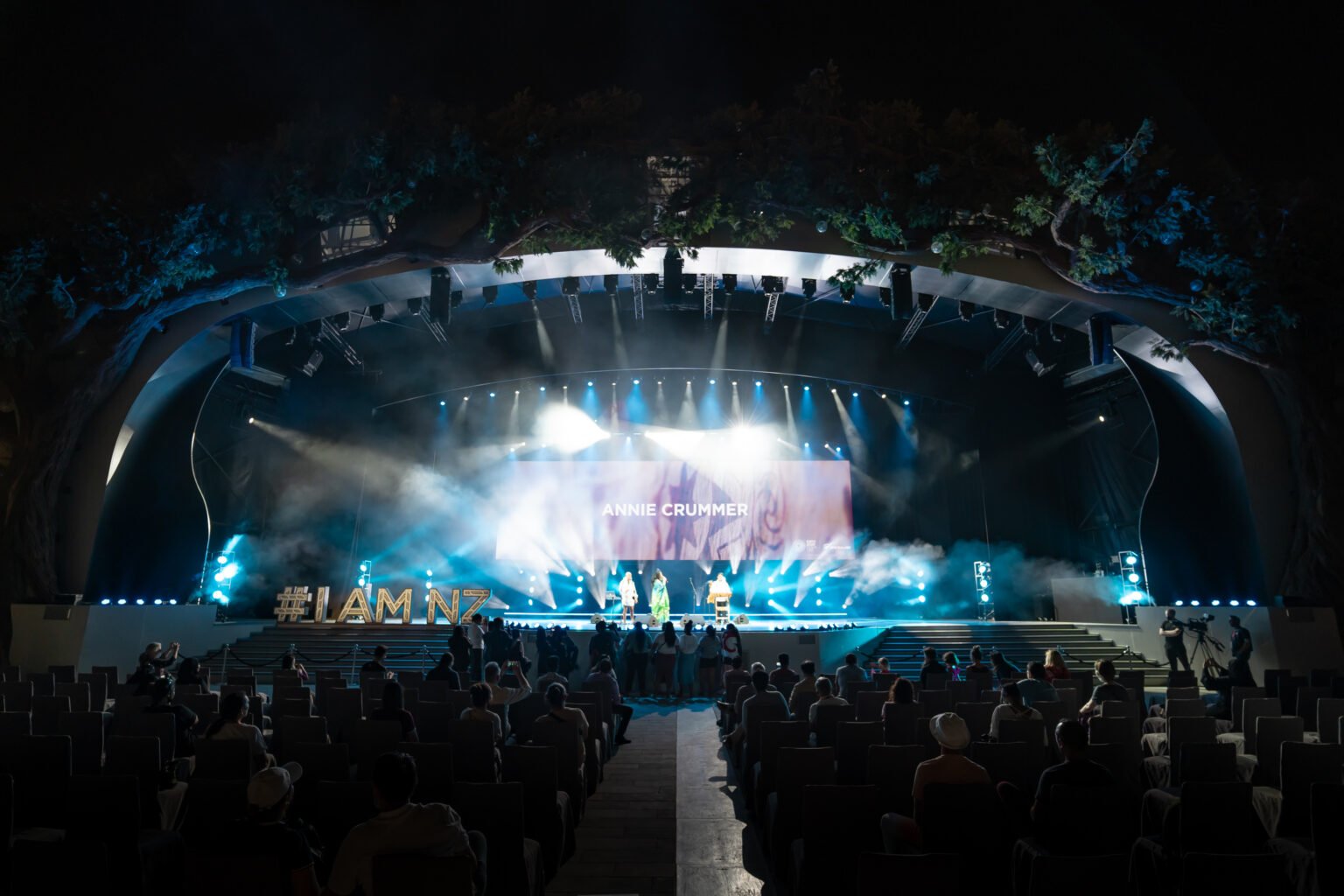
Subscribe to CX E-News
Expo 2020 was meant to be a trade show on steroids. The first world fair to be held in the Middle East, it was expected to draw twenty five million visitors from around the world to the outskirts of Dubai. Lasting six months, measuring two square kilometres, it featured nearly two hundred countries under the theme ‘Connecting Minds, Creating the Future’. Three pavilions, divided into opportunity, sustainability and mobility, showcased ideas and innovations, with New Zealand set to participate in the sustainability precinct, and intending to impact other areas too.
The Motivation
Viewed as an opportunity to grow New Zealand’s trade with existing and new partners in the Gulf States and the Middle East, the decision to take part was made in April 2017. New Zealand Trade & Industry harked back to the Expo 2010 event in Shanghai and the subsequent benefits to trade with China, and confidently allocated NZ$54m, ultimately climbing to NZ$61m, a similar amount to France, and not a world away from the budgets of the UK (around $NZ86m) and India (roughly $NZ100m). The Expo began on 1st October, and finished on March 31st.
The New Zealand Pavilion – and Homegrown Tech
The New Zealand theme titled ‘Care for People and Place’ used the Whanganui River as a muse to convey the connection between natural resources and our relationship as people with one another, in New Zealand known as kaitiakitanga. The New Zealand Government entered into a relationship agreement with Whanganui Iwi to collaborate on sharing the story, the first time New Zealand’s participation at a World Expo has been done in partnership with iwi Māori. The result did not claim that New Zealand is perfect or that all problems are solved (AKA the 100% New Zealand Pure tourism campaign), rather the idea was expressed that over time, through kaitiakitanga, or caring for people and place, we can protect our future generations.
The New Zealand purpose-built pavilion was designed by New Zealand architects Jasmax in collaboration with Whanganui iwi Te Āti Haunui-a-Pāpārangi and Mott MacDonald. The construction of the pavilion itself aimed to promote New Zealand business, with the use of Abodo New Zealand eco-timber having a striking impact in the pavilion’s restaurant and hosting venues, and Kaynemaile, a lightweight, New Zealand-made mesh material that is 100 percent recyclable and includes recycled materials in its composition, creating a dramatic façade.
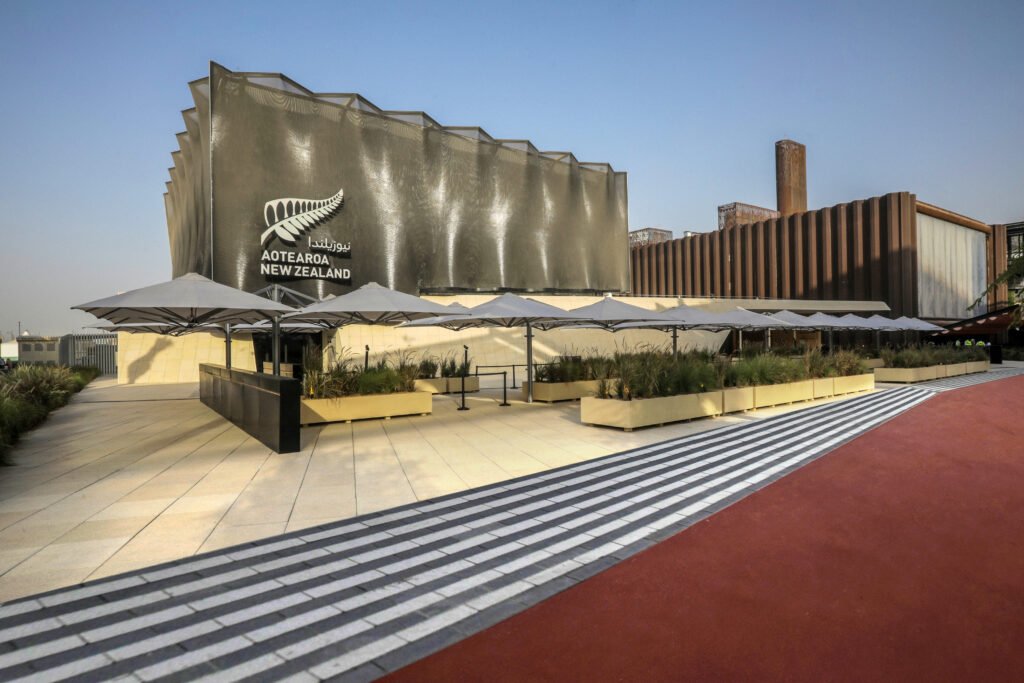
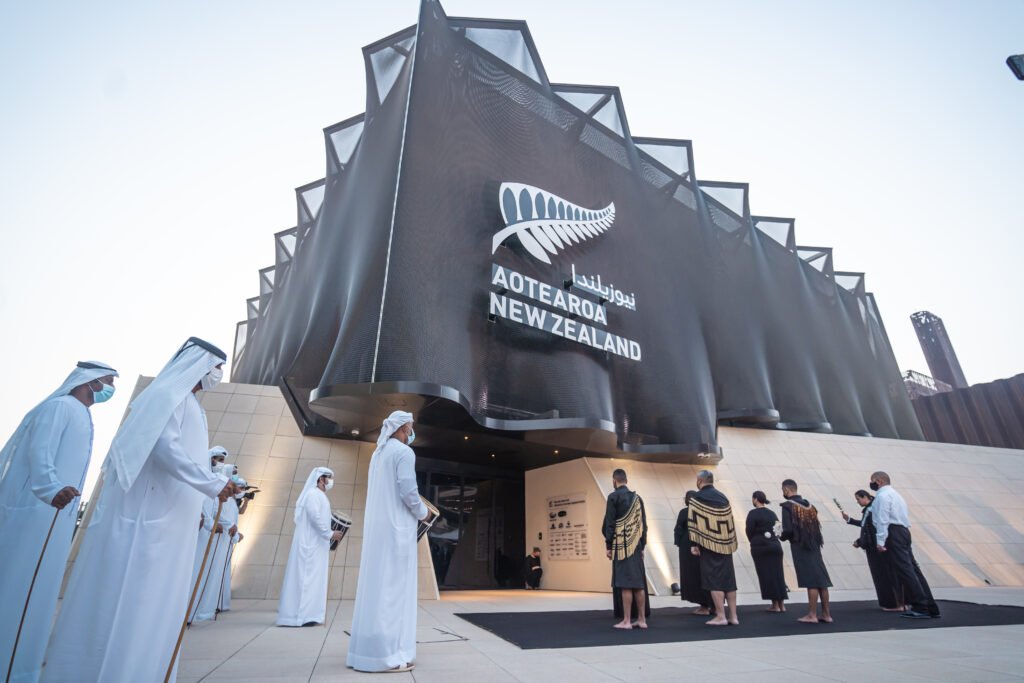
The interior was dedicated to promoting New Zealand’s tech sector. Workshop-e, Wellington based experience design company collaborated with Creative Director Karl Johnstone, providing strategic support through his agency Haumi; Ngā Tāngata Tiaki o Whanganui; and other creatives including Assembly Ltd, Perceptual Engineering and Satellite Media. They worked within the architectural fixtures to develop and deliver a powerful immersive, multi-sensory visitor experience intending to showcase New Zealand’s spirit of innovation and technical production across a diverse range of sectors.
The experience begins when visitors are welcomed into a cool space featuring textured walls made from sustainable New Zealand strong-wool by T&R Interiors. As the visitor continues, their body form interacts with and displaces projected particles, illustrating the impact of humans on the natural world. Next, a large rock from Mount Tongariro, selected from the source of the Whanganui River, is surrounded by falling water and imbued with the river’s mauri (life principle), its pulse emanating within and outside the building. In the final room, a multidimensional looping seven minute film is projected across sixty-five metres of wall and a suspended and animated cube, engaging visitors in the story of how New Zealand innovates to care for people and place.
Thanks to Auckland-based creative studio Waxeye, anyone around the globe can be wowed by the New Zealand virtual pavilion and an immersive online experience at nzpavilionvirtualtour.co.nz. Website visitors can choose to follow the intuitive route through the rooms as if they were walking through the pavilion in Dubai, or adapt their online path by accessing the menu. Using webGL, Waxeye developed a 3D pipeline to optimise and test performance for browsers throughout production to ensure a great online experience for the global audience.
Visitors to the virtual experience can also share their experience on social media, by taking a picture of themselves in front of the virtual pavilion using an augmented reality add-on within the app.
New Zealand company Weta Workshop has also blown people’s minds in ‘Alif’, the Mobility Pavilion, where three giant figures of historical explorers Al Bakri, Ibn Battuta and Ibn Majid, are rendered in large-scale, in photo-realistic detail by the special effects team.
Live Entertainment
November saw ‘Te Aratini’ the first Festival of Indigenous and Tribal Ideas in the history of World Expos. New Zealand collaborated with other participating nations to deliver the event, including the United Arab Emirates, Australia, Canada, the United States, Malaysia, Paraguay, and Panama. The Kahurangi Māori Dance Theatre represented New Zealand with a unique blend of Māori song, dance and heritage including a haka to end the evening.
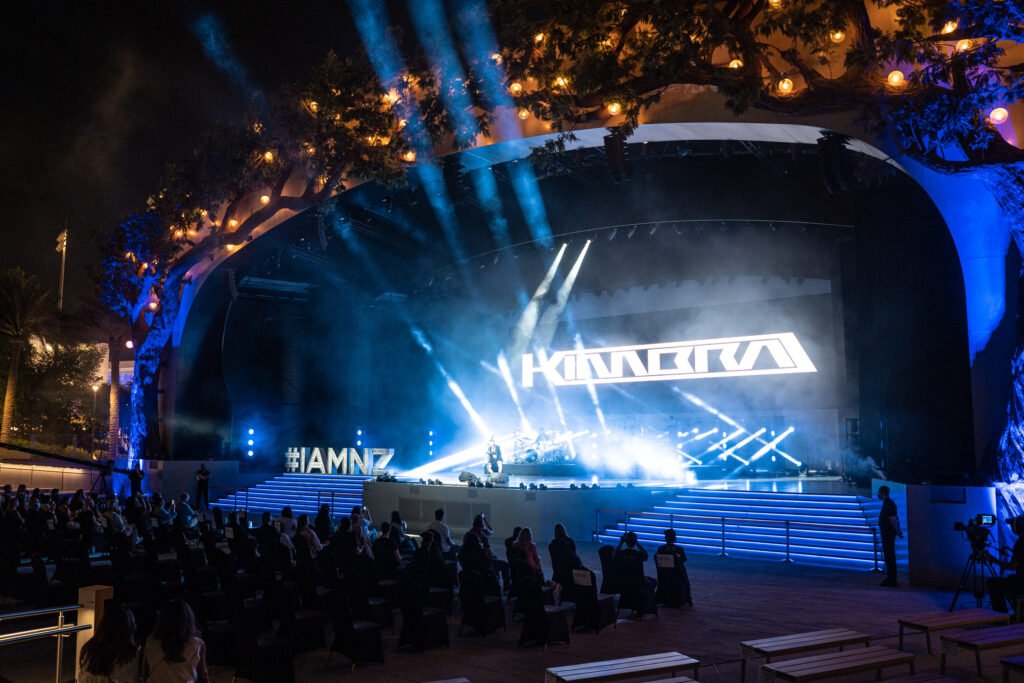
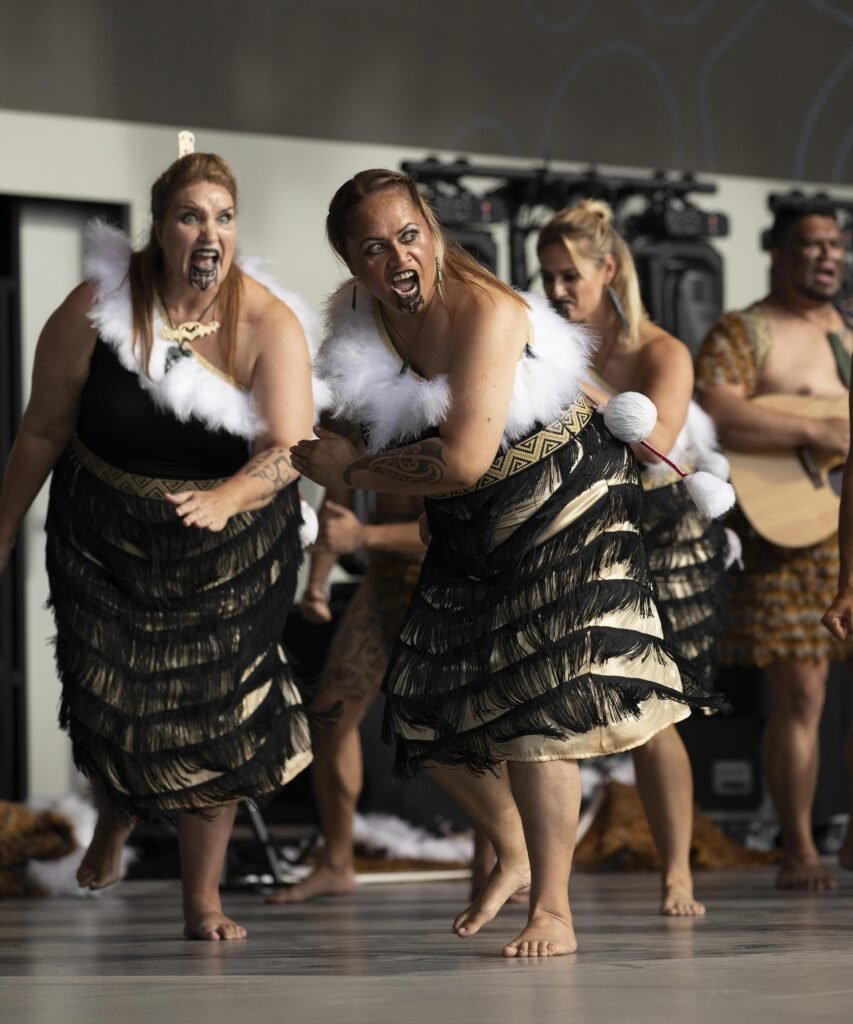

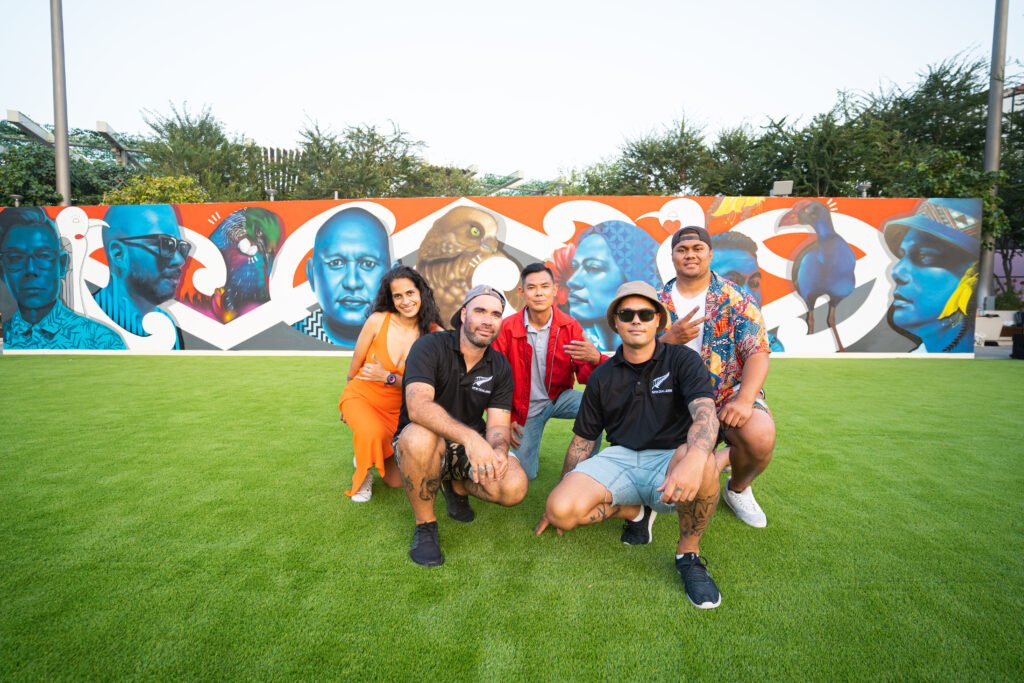
January delivered the New Zealand Pavilion’s Cultural Calendar, the aim of which was to put the spotlight on the arts and creative sector, which (in a non-COVID year) contributes $10.98 billion to GDP. Parris Goebel, a New Zealand-born creative whose talents span choreography, dance, music, directing and acting, was appointed creative director of the entertainment and cultural programme. As well as Six-60, Kimbra and Sol3Mio, Paris curated thirty talented young New Zealanders, for ‘Voice of Youth – Wonderland’.
Finally combining art and live entertainment, a live street art exhibition showcased five artists who had not worked together previously, creating a twenty metre mural for the Expo with New Zealand DJ, Sir-Vere, encouraging passers-by to stop and enjoy the artists at work.
And…COVID
And then there was special guest COVID. Initially scheduled for 2020, the Expo was delayed a year, embroiling the NZ Expo team in the MIQ allocation sensitivities which have had such an impact on the live entertainment industry over the last two years.
To begin with around four hundred managed isolation and quarantine (MIQ) hotel rooms were allocated for New Zealanders travelling to Expo 2020 – including business people, speakers and cultural performers. For a large-scale, six-month event, this was not a lot but was still slammed as being too generous, given a general shortage of MIQ spaces for New Zealanders wanting to return home.
Following the criticism, slots were reduced to three hundred and sixty three as some businesses opted to go virtual and efforts were made to hire Kiwi performers and tradespeople living overseas that would not need an MIQ spot. VIP delegations, normally part and parcel of such an event to boost New Zealand’s profile, were also reigned in.
Border restrictions were also feared to have had a negative impact on tourism benefits but with the Expo just wrapping up and New Zealand’s borders opening, it will be easier to convince the world that New Zealand is open for business and tourism.
The Outcome
As with any trade show, impact is difficult to measure, particularly in the early days. The Expo did achieve twenty million of the targeted twenty five million visits, although notably seventy percent were from the UAE and almost three million of these were children. Alicia Keys, the Black Eyed Peas, and other major billings including Pakistani singer Atif Aslam’s concerts, and the ‘free entry’ to mark the UAE’s 50th Jubilee drove attendance. Expo 2020’s virtual platform, virtualexpodubai.com, has seen more than 110 million virtual visits. The New Zealand Pavilion had clocked up 800,000 visits by February, the last published figures. The virtual pavilion is linked to Google Analytics although no data has been released as to visitor numbers.
Speakers have represented New Zealand in person and virtually on panels and debates on issues ranging from Climate and Biodiversity, Space, Tolerance and Inclusivity, and Knowledge and Learning. Foreign Minister Nanaia Mahuta’s visit and Te Aratini, the Festival of Indigenous and Tribal Ideas, were seen as highlights with potential in terms of establishing indigenous connections and advancing business interests.
Perhaps above all, for live entertainment and for the New Zealand tech companies involved, it was a window into the world during a time when not many were able to participate.
Subscribe
Published monthly since 1991, our famous AV industry magazine is free for download or pay for print. Subscribers also receive CX News, our free weekly email with the latest industry news and jobs.




